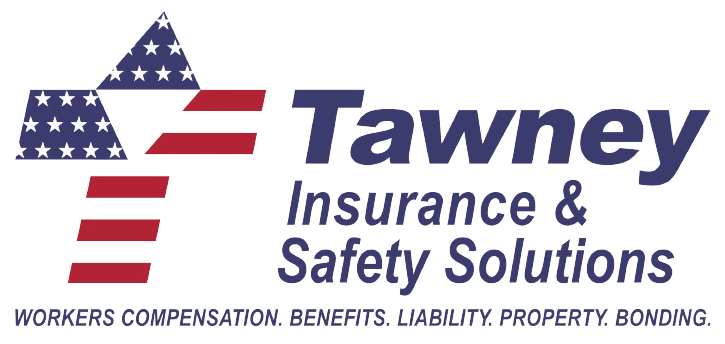Why Your Business Needs Independent Risk Management Inspections
A loose GFCI outlet. An overloaded circuit. A door that won't lock properly.
These small issues sound harmless, but any one could cost your business hundreds of thousands of dollars. This is why third-party risk management inspections have become essential for businesses with significant assets. These independent assessments catch problems before they become disasters.
What Third-Party Inspections Actually Do
Independent risk inspections bring in outside professionals to evaluate your facility with fresh eyes. Unlike your daily walk-throughs, these experts aren't familiar with your operations, which is exactly the point.
They examine electrical systems, fire suppression equipment, security protocols, and emergency procedures. The goal isn't finding fault. It's identifying where small fixes can prevent major losses.
What Most Business Owners Miss
Rebuilding today costs far more than your original construction. If you built 20 years ago, expect to pay at least 40% more to rebuild with current materials, labor, and building codes.
But property damage is often the smaller loss. Business interruption while you rebuild can be devastating. You're still paying employees who can't work, losing customers to competitors, and watching revenue disappear for months.
Why Insurance Companies Push for Inspections
Insurance carriers increasingly require third-party inspections for high-value properties.
When underwriters request inspections, they use the reports to:
Set accurate premiums based on real risk
Identify required safety improvements
Reduce overall claims across all policyholders
Many carriers will even cover inspection costs or offer premium discounts because preventing losses keeps everyone's rates stable.
What Happens During an Inspection
A thorough inspection takes several hours to a full day, depending on your facility size.
Our professional inspectors will:
Walk through all areas, including offices, production floors, and storage
Test safety systems like alarms, sprinklers, and emergency lighting
Examine equipment for proper installation and maintenance
Review safety procedures and employee training records
Interview key staff about daily operations
Getting Maximum Value from Your Investment
Before the inspector arrives: Gather maintenance records, insurance policies, and safety documentation. Make sure all areas are accessible and key personnel are available.
During the inspection: Ask questions about findings and take notes on recommendations. Request clarification on technical issues.
After the inspection: Prioritize improvements based on risk and cost. Create an implementation timeline and update your insurance company on completed work.
The Bottom Line
Third-party risk inspections aren't compliance paperwork, they're smart business investments. For a few thousand dollars, you identify and fix issues that could otherwise create devastating losses.
Insurance protects you when bad things happen. But the real goal is preventing those bad things in the first place. Regular inspections keep small problems small, your business running smoothly, and your insurance costs manageable.
In today's expensive construction market, with months-long business interruptions possible, preventing losses is essential for survival.
Don't wait for a small problem to become a big crisis. Schedule your inspection today and get the peace of mind that comes from knowing you've protected your business, your people, and your future.
